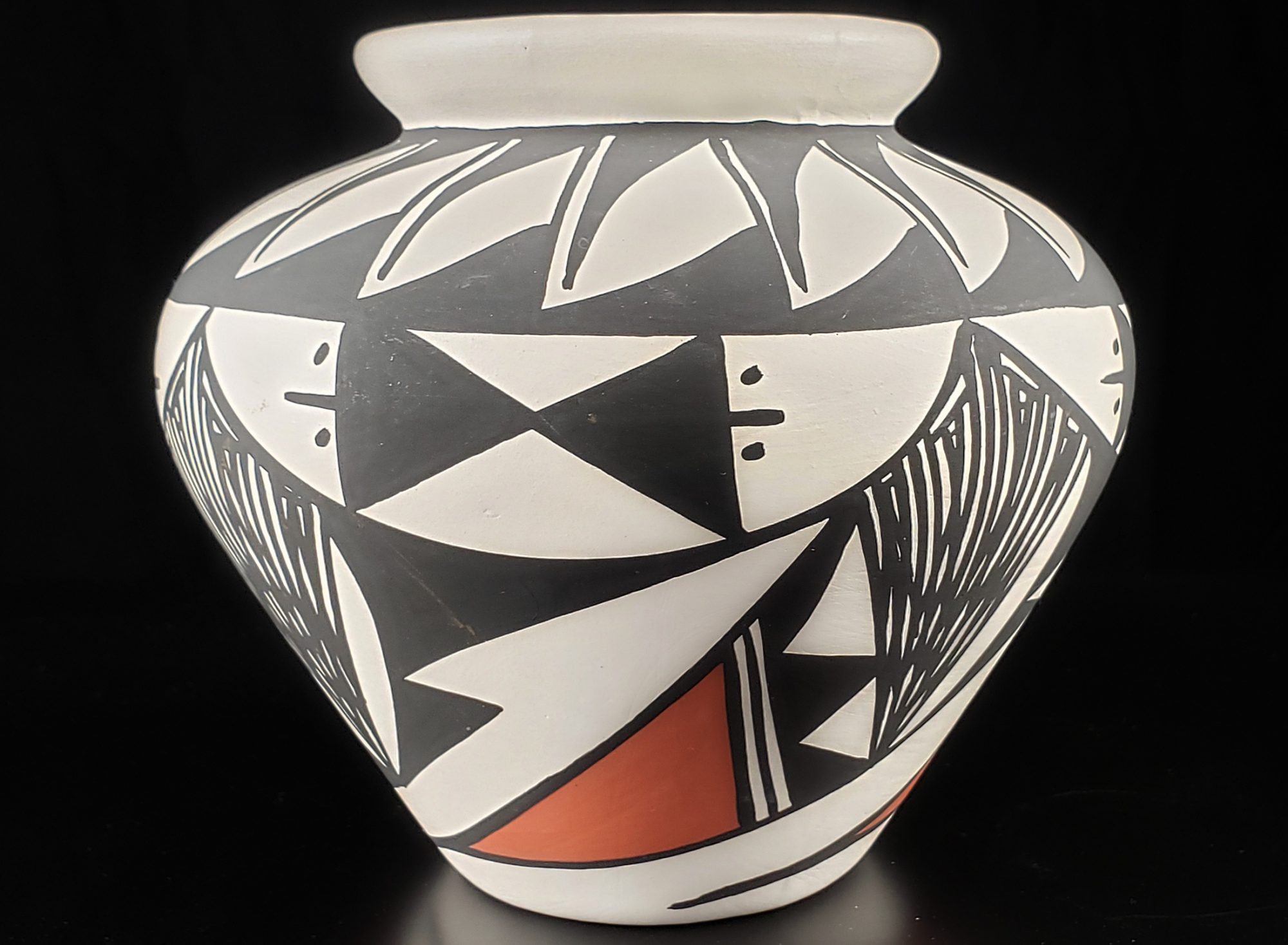Memory scanning experiment
Files needed:
- MemoryScanning.psyexp
- MemoryScanning.xlsx
- error.wav
Overview. The MemoryScanning.psyexp program runs a version of a Sternberg memory scanning task. On each trial a memory set (of digits) is presented, followed by a probe digit. Subjects respond by pressing one of two keys to indicate whether the probe digit was or was not present in the set.
Details. Run the program by double-clicking on the MemoryScanning.psyexp file. This will launch PsychoPy with the experiment timeline loaded. Run the experiment by selecting “run” from the PsychoPy menu (the green running person). A dialog box will appear in which the student can optionally enter their name or initials. Any string entered will become the first part of the name of the data file.
On each trial a memory set of from 1 – 6 randomly selected and randomly ordered digits is presented. The set is followed by a single probe digit. Subjects should indicate whether the probe was or was not contained in the set by pressing one of two keys: z = absent, /=present. The probe, when present, is randomly selected from the digits in the set. After a practice block of 24 trials, subjects serve in 6 test blocks of 36 trials each. Each block contains 3 replications of each of the combinations of set-size (1- 6 digits) and probe presence (present/absent).
Other details of the method can be learned by examining the timeline and the events in PsychoPy. In cases where attributes of the events are variable, the variables are typically specified in the provided Excel files.
Note. Because of the many cells in this design, data collection may take a little more time than some of the other Psych/Lab experiments (approx 30 minutes).
Data analysis. The data are in a *.CSV file in the “data” folder in the Psych/Lab folder. Double-click on this file to open it in Excel. Each row corresponds to a trial. Entries in the column labeled condition show the condition for that trial. Keyresponse.RT contains the reaction time (in seconds). Keyresponse.corr codes whether the response was correct (1) or incorrect (0). The first one (or more) sets of trials might be practice and should not be analyzed. See the instructions elsewhere for creating a pivot table to summarize the data.
